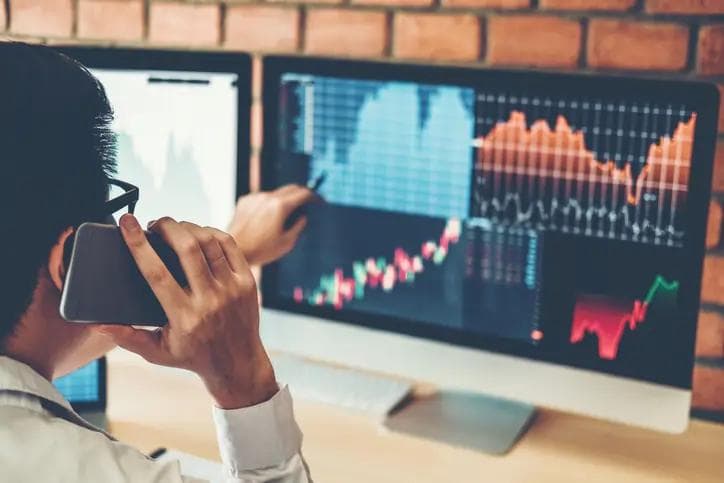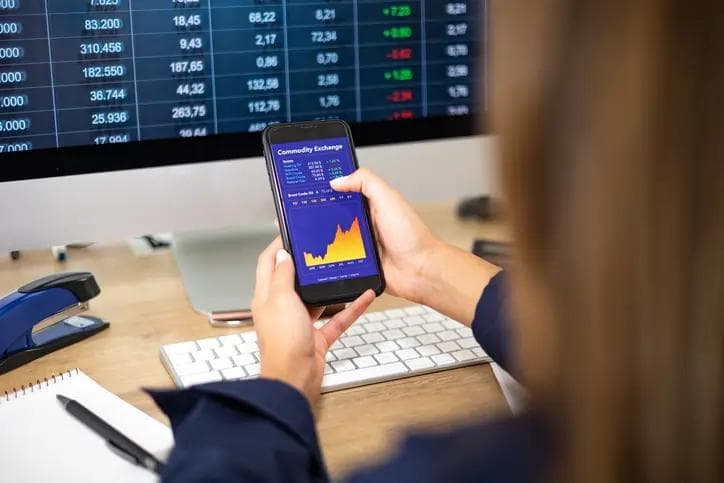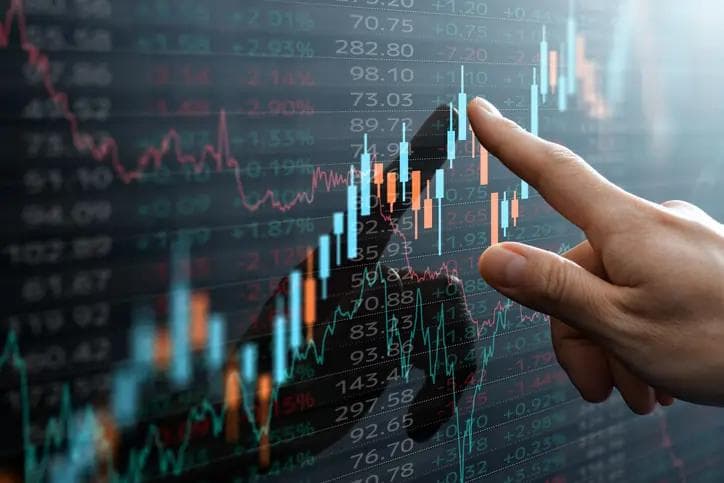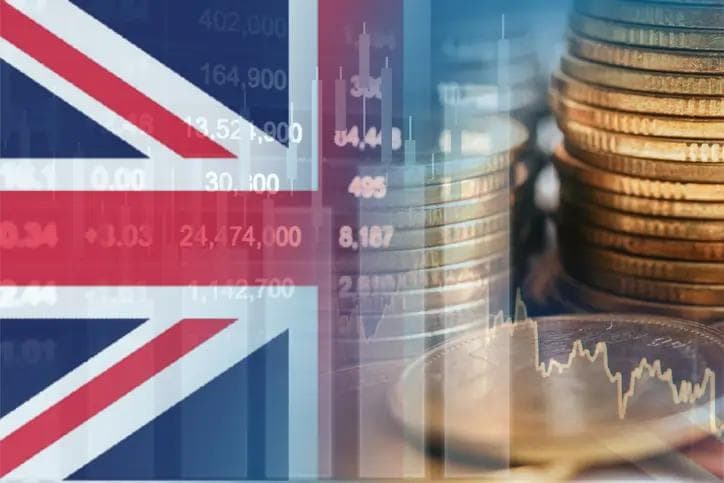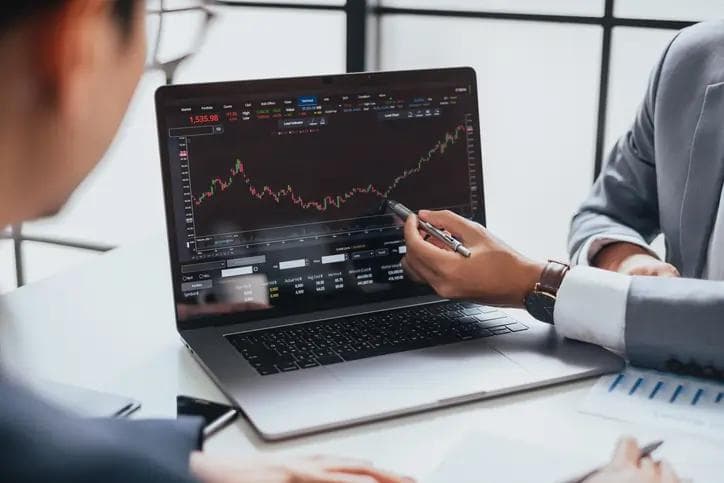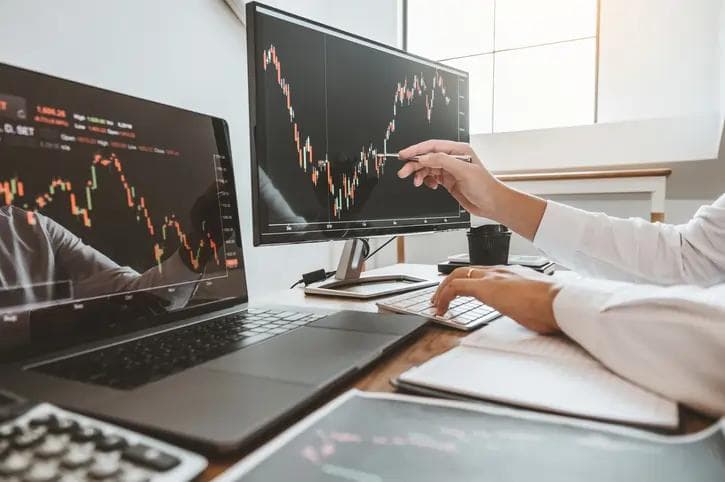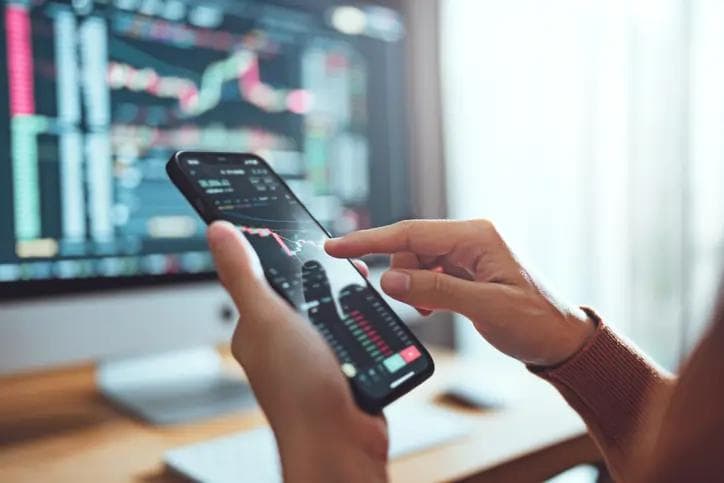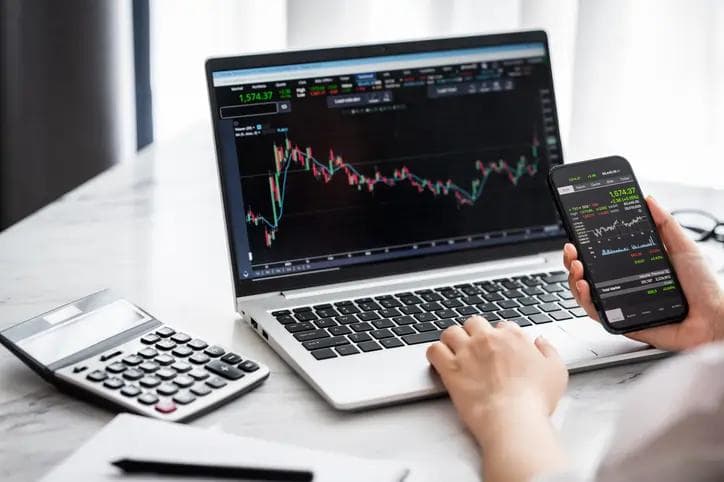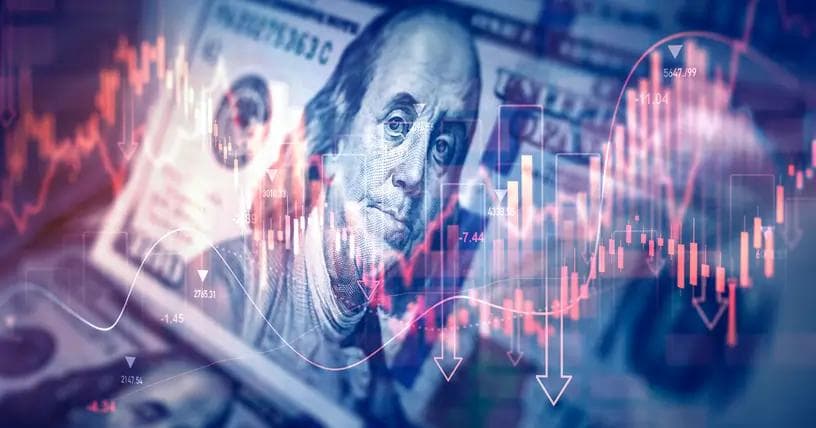Is automated trading worth it?
Is automated trading worth it?
Published by Jessica Weisman-Pitts
Posted on July 31, 2024

Published by Jessica Weisman-Pitts
Posted on July 31, 2024

Of the constantly evolving financial markets, Forex trading is the most liquid and accessible. The potential for unlimited opportunities across borders exists because daily turnover surpasses $6 trillion. It has recently been one of the most exciting times with developments in what automated Forex trading can do for traders. This article will cover the very basics of Forex trading and, more importantly, whether automated Forex trading is actually worth it.
Understanding forex trading
Forex trading is the exchange of currencies for profit as a result of changes in the rate of exchange. Unlike the stock markets that close and open at particular times, Forex trading goes on for 24 hours a day, five days every week. It is a decentralized market comprising global networks of banks, financial institutions, corporations, and individual traders.
Top features make Forex trading an alluring venture by way of being a very accessible platform with the potential for high returns. Relatively small amounts of capital are required to initiate a trade, and large volumes can be traded across markets without huge shifts in prices. However, Forex trading carries substantial risks due to its volatility and complexity. Hence, it requires sufficient analytical skills with robust strategies from the traders.
What is automated forex trading?
Essentially, automated forex trading platforms & apps is just the act of letting a computer algorithm execute trades on your behalf. The algorithms are called trading robots or Expert Advisors. They have predefined rules of trading that are lodged within them for their operation. These automated trading systems anatomize the market conditions, identify trading opportunities, and finally execute trades with minimum human involvement.
One of the main advantages automated Forex trading has over the other forms of trading is that it never feels human emotions. Greed, fear, and fatigue are mostly absent in automated systems and hence do not influence trading decisions, so one can expect more consistent and disciplined trading.
Advantages of automated forex trading
Consistency and discipline: Automated trading systems are designed to execute predefined rules of entry and exit without deviation. This consistency may help avoid emotional pitfalls, generally ending up as poorly made decisions in the trading world.
Speed and efficiency: There is simply no comparison between any automated systems with respect to speed, analysis of the market data, and execution of trade vis-à-vis human beings. These extra seconds can make all the difference in hitting or missing a trade opportunity.
Backtesting and optimization: Strategies developed can be backtested on historical data to estimate their efficacy when used in live markets. This refines and optimizes trading strategies for better performance.
24/7 operation: The result of this is that with the automated Forex trading system, one is able to trade close to 24 hours a day while markets around the world are open. This makes sure that no trading opportunity is ever missed, even when the trader may well not be actively watching for it.
Diversification: the ability of automated systems to handle more than one account and trade different strategies at any given time diversifies this risk, which will contribute to enhancing the performance of the portfolio.
The cons of automated forex trading
Technical failures: The dependence in the case of an automated system is always on technology. As such, technical failures like software bugs, connectivity issues, and server downtime are prone to happen. These are the issues that amount to major missed opportunities or unintended trades.
Overoptimization: Sometimes backtesting and optimization can turn into overfitting, where the strategy performs great on historical data but fails in live markets; thus, since market conditions do keep changing, the past performance of a trading strategy is never a guarantee to perform similarly in the near future.
Inflexibility: The automated systems completely follow their sets of rules and hence may turn out not to be flexible enough in scenarios where the market picks up suddenly or experiences some ‘black swan’ event. Human traders can use their intuition and judgment in such unforeseen circumstances, which the automated system alone might not be able to handle as effectively.
Initial investment and system maintenance: The development and, thereafter, maintenance of automated trading systems are costly and time-consuming. Traders must BENEFIT from quality software, reliable internet connections, and ongoing system updates to allow the system to work at a very optimal level.
Is automated forex trading really worth it?
Results in the use of automated Forex trading depend on a few things: each trader’s goals, experience, and resources. For new traders, the systems can provide a structured and disciplined way to trade, making it easier to avoid common mistakes due to emotional biais. However, thorough research into the selection and testing of any automated system is important before using it with real money. Automated trading allows experienced traders the speed and efficiency needed to trade more opportunities while simultaneously running multiple strategies. However, they still have to be vigilant, constantly keeping an eye on their systems to ensure everything is working as could be expected. Among the significant advantages of automated Forex trading is that it’s consistent, fast, and can be run 24/7. Technical failures and the risks of overfitting are unique issues. On the other hand, by weighing pros against cons many times over, a trader shall have the ability to figure out whether automated Forex trading will work fine as an additional tool in his arsenal of trading tools.
Conclusion
The sheer size of opportunities and the built-in complexities make the Forex market both exciting and challenging for traders. Automated Forex trading is one such way that enables the rise of trading efficiency and consistency. Though not without its pitfalls, many potential benefits can balance against associated risks if done with caution and diligence. Just as any other trading strategy, the key to success lies in thorough preparation, continuous learning, and prudent: risk management.
Explore more articles in the Trading category
